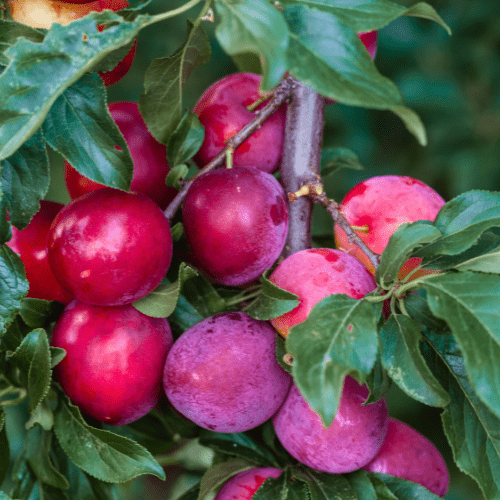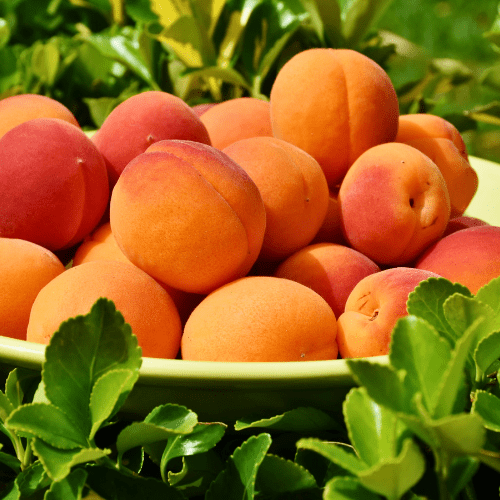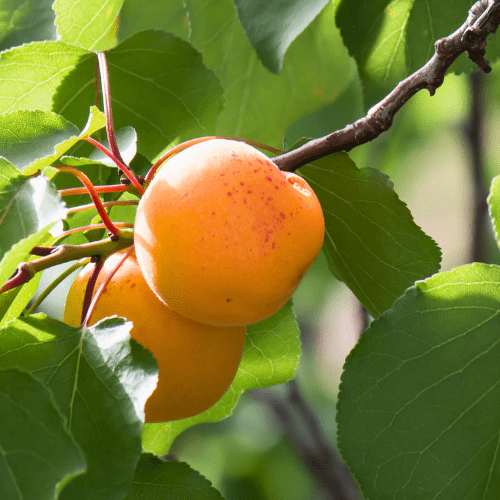Position
Plant a plum tree in full sun in a spot that is sheltered from the wind, if possible. It is frost-hardy but cannot tolerate very heavy frost.
Size
Your plum tree can grow to a height of about 5 metres when mature.
Soil Type
Plum trees prefer a soil with a pH that ranges from 5.5 to 6.5. The average garden soil is around 6.5 to 7. Add at least one bag of acid compost to the hole to reduce the pH.
Watering
After transplanting your tree, water it well and check every second day to ensure the soil is wet. After about a week, reduce your watering to once a week in winter. In hot, dry summers, provide plenty of water.
Mulch
Apply organic mulch to your plum tree all year round.
Use from 2 to 5 centimetres of pine bark mulch to protect the roots from UV damage and drying out. It retains moisture, and maintains an optimal pH. Do not let the mulch touch the plant stem, as it may cause infection or rot.
Fertilising
Use our slow-release nitrogen-rich all plant fertiliser. Apply 1 teaspoon every 4-5 months.
Pruning
Pruning increases the fruit yield and makes for a healthier tree. Young plums are generally pruned in early spring before the buds start. In September, cut back the dry twigs just above a bud. Once your tree is established, it’s important to prune only branches that have not produced fruit in that year. Remove all dead wood and dispose of it. Trim all side shoots to 6 leaves from their parent branch to encourage fruiting next year.
Harvesting
Plums take 3 to 4 months to ripen from the time of the blossoms. They will go from being hard and green to purple and relatively soft. They will stay ripe on the tree for about 2 weeks, after which they’ll be overripe and fall to the ground.






